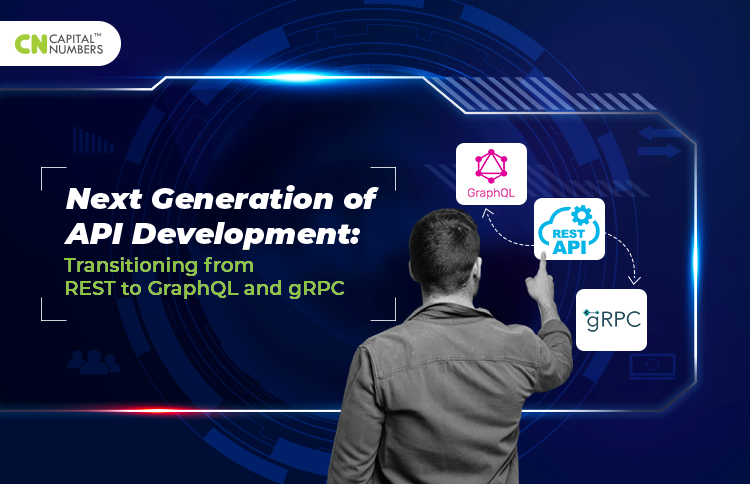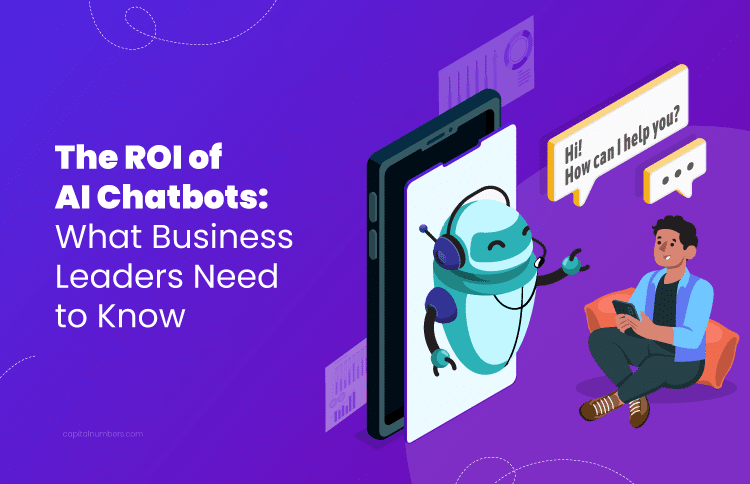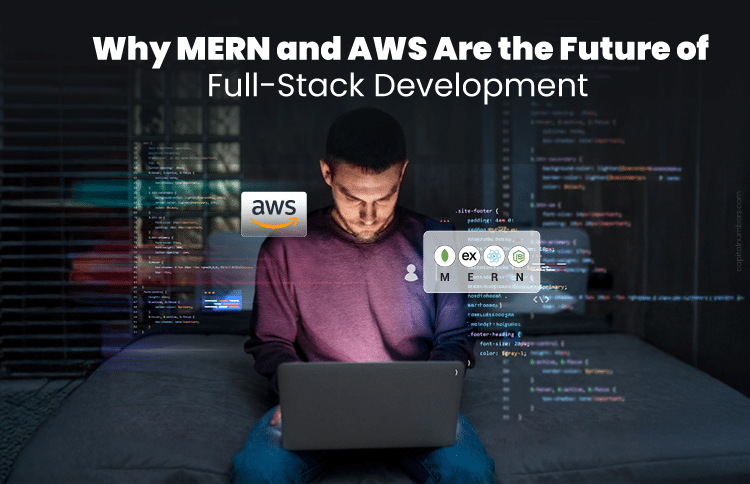Next Generation of API Development: Transitioning from REST to GraphQL and gRPC
Table of Contents
The advent and evolution of Application Programming Interfaces (APIs) have transformed the landscape of dynamic application development. APIs serve as vital tools that enable software applications to interact seamlessly with each other. They operate on a request and response pattern, which is fundamental for facilitating communication between different software systems. Now, envision a scenario where API development extends beyond mere request and response to include dynamic, real-time interaction. This is the emerging trend in the field of API protocols. As we delve into this exploration, we should challenge ourselves to think beyond the traditional REST framework and uncover the potential that lies ahead.
Overview of the Evolution of API Protocols
The journey of API protocols has been a tale of constant evolution. It began with simple, one-way SOAP-based communications, heavily reliant on XML. This soon shifted with the advent of REST, a protocol that championed simplicity and statelessness and rapidly became the standard due to its ease of use and wide applicability.
However, as digital needs grew more complex, the limitations of REST began to surface, particularly in areas of efficiency and flexibility. This gave rise to a new generation of API protocols, each designed to address specific challenges and requirements of modern applications. From GraphQL’s tailored data fetching to gRPC’s high-performance communication, the landscape of API protocols is expanding, offering more tailored solutions for diverse technological needs.
In the following sections, we’ll delve into the impact of emerging protocols like GraphQL and gRPC on API development services. We’ll explore how they are reshaping the way developers interact with data. Also, we’ll examine how event-driven architectures are revolutionizing real-time data processing in this field.
Understanding GraphQL
GraphQL, developed by Facebook in 2012 and released publicly in 2015, emerged as a powerful alternative to traditional REST APIs. Its creation was driven by the need for more efficient data loading methods for Facebook’s complex social graphs, where standard REST requests fell short in handling such interconnected data efficiently.
Key Features and Strengths
The primary appeal of GraphQL lies in its ability to allow clients to request what they need, no more, no less. This precision in data fetching reduces network traffic and enhances overall performance. It gives a comprehensive and clear description of the data in the API, empowering clients to ask for specific data they need. Another strength is its capability to consolidate data from various sources, making it an excellent fit for microservices architectures.Use Cases and Applications
GraphQL excels in scenarios where clients require a complex data set, such as mobile applications where bandwidth efficiency is critical. Its implementation by major companies like GitHub, Shopify, and Twitter highlights its effectiveness in real-world applications, demonstrating its widespread adoption and versatility.
Understanding gRPC
gRPC is an open-source remote procedure call (RPC) system initially developed by Google. It aims to achieve high performance and broad language interoperability, making it a versatile choice for various application scenarios.
Advantages over Traditional Protocols
Using HTTP/2, gRPC allows for the multiplexing of requests over a single connection, reducing latency. It uses Protocol Buffers (protobuf), a method that is more efficient and faster than traditional data formats like JSON or XML, further boosting its performance edge.Real-world Examples
In microservices architectures, gRPC is frequently employed for its efficiency in inter-service communication. The protocol’s speed and efficiency are beneficial in environments where rapid and reliable data exchange is vital.
Other Emerging API Protocols
Beyond GraphQL and gRPC, other emerging protocols are gaining traction. These include OData and JSON: API, each with unique principles and advantages. Also, WebSockets are gaining popularity for enabling real-time, two-way communication between clients and servers.
The Shift to Event-Driven APIs and Asynchronous Communication
Event-driven APIs represent a fundamental shift in how applications communicate and process information. Unlike traditional request-response models, event-driven architectures are based on triggering and responding to events. An event in this context is any change in state or an important occurrence that the system should know about. The core principles of event-driven APIs involve decoupling the service provider from the service consumer and focusing on the production, detection, consumption, and reaction to events. This architecture enables components to remain isolated and only react when relevant events occur, promoting a more dynamic and responsive system design.
Benefits of Modern Application Architectures
The adoption of event-driven architectures offers numerous benefits in modern application designs. They enhance scalability by allowing systems to handle high volumes of requests and events efficiently. This approach also improves responsiveness, as components can immediately react to changes without polling or continuous checking. Also, event-driven architectures support more robust, adaptable systems that can easily integrate with other applications and services, making them ideal for complex, distributed environments like microservices.Exploring Asynchronous Communication Styles
Asynchronous communication is vital in building scalable systems. It allows different parts of a system to operate independently and process operations without waiting for other parts to complete their tasks. This non-blocking nature is crucial for handling large numbers of simultaneous operations, a common requirement in modern, high-traffic applications. Asynchronous communication reduces blockages, increasing the system’s ability to scale and handle usage or data volume growth efficiently.Success Stories
Numerous organizations and platforms have successfully implemented event-driven and asynchronous communication models, showcasing their effectiveness. For example, Netflix uses an event-driven architecture to manage its complex, distributed systems, enabling efficient handling of millions of user interactions and data requests.
Another example is Twitter, which employs asynchronous communication to process the vast stream of tweets, likes, and retweets, ensuring timely updates and interactions across its global user base. These case studies demonstrate the practical benefits and real-world impact of adopting event-driven and asynchronous models in large-scale, high-demand environments.
Integrating Security in API Development
Current Security Challenges in API Protocols
The rise of API-driven applications has brought various security challenges. A primary concern is unauthorized data access, where sensitive information can be exposed through APIs if not adequately secured. Another challenge is injection attacks, where attackers send malicious data to exploit the API. Also, APIs are often susceptible to Distributed Denial of Service (DDoS) attacks aimed at overwhelming the system with high volumes of requests.
Besides, there is the risk of man-in-the-middle (MITM) attacks, where communication between the client and API can be intercepted and manipulated. Moreover, the complexity of modern APIs, especially when dealing with microservices, increases the surface area for potential security vulnerabilities.Best Practices for Securing API Development
Incorporating the best practices into API development is important to combat these challenges. Firstly, implementing proper authentication and authorization mechanisms, such as OAuth 2.0 or JWT (JSON Web Tokens), is crucial to ensure that only legitimate users can access the API. Employing rate limiting and throttling helps mitigate the risk of DDoS attacks by controlling the number of requests a user can make in a given timeframe.
Regularly scanning and testing APIs for vulnerabilities, such as using automated tools for detecting injection flaws, is essential for proactive security. APIs should also be designed with data encryption, using HTTPS to secure data in transit. Also, adopting a least privilege approach, where users and systems are given only the permissions necessary to perform their functions, can significantly reduce the risk of data breaches.Examples of Security-First API Implementations
Many organizations have adopted a security-first approach in their API implementations. For instance, financial institutions implementing APIs for online banking services often use advanced security measures like multi-factor authentication and end-to-end encryption to protect sensitive financial data. Healthcare applications bound by strict compliance standards like HIPAA have implemented robust authentication, audit trails, and data encryption to ensure the confidentiality and integrity of patient data.
Tech giants like Amazon and Google have set high standards for API security in their cloud services, employing comprehensive security measures that include identity and access management, network security, and continuous monitoring for suspicious activities. These practices underscore the importance of integrating security throughout the API lifecycle, from design to deployment and maintenance.
Final Thoughts
The exploration of modern API protocols has revealed a dynamic and rapidly evolving landscape far beyond the traditional confines of REST. The rise of GraphQL and gRPC offers more efficiency and flexibility than REST, especially in complex data retrieval and microservices architectures. Event-driven APIs and asynchronous communication styles have been highlighted as they’re important in building scalable, responsive systems. These approaches address the demands of modern applications that require real-time data processing and high concurrency. Also, integrating security into API development is crucial. Best practices such as authentication, rate limiting, and encryption are now essential components of a robust API strategy. These measures safeguard against various security threats, ensuring APIs’ safe and reliable operation across multiple environments.















